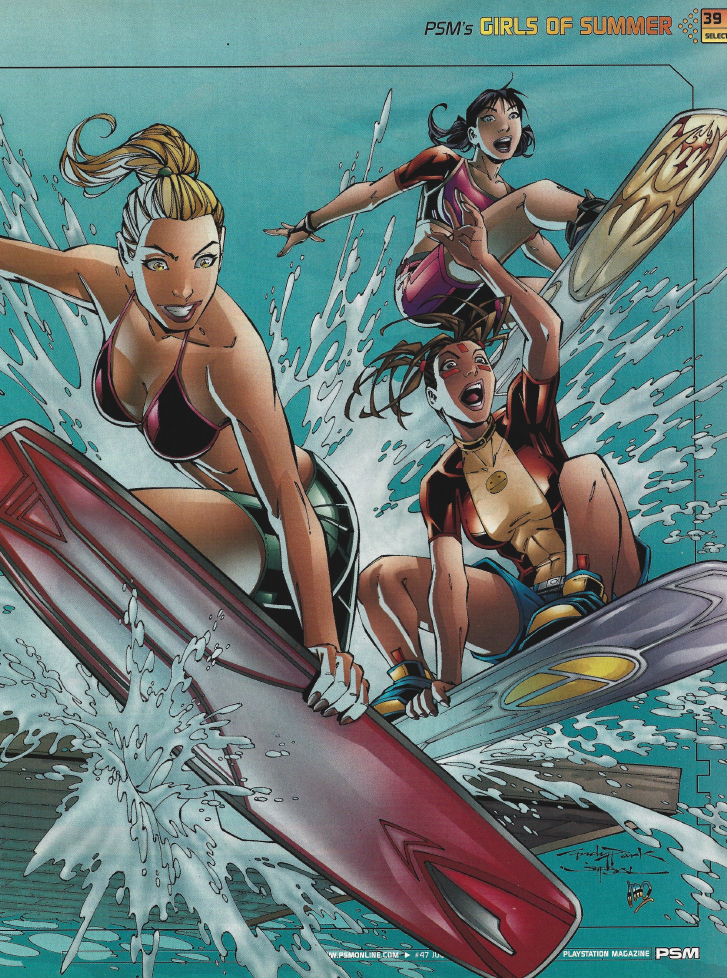While I was researching and writing my article about the PSM video game girl swimsuit issues, I...
tomb raider
When I was a teen (back around 2005), I really got into video game magazines. EGM, Game...
Lately, I’ve been seeing people on social media posting Topsters lists of their favourite video games, which...
It’s no secret that I quite enjoy the two most recent Tomb Raider games and the upcoming third game...
The amount of hate out there for SJWs at the moment is insane. I haven’t seen this...
So recently my morning started off in fantastic fashion as one of my friends on Facebook shared...
So I was recently reading this article on Polygon about unequal racial representations in gaming, and it...
I’ve never really had much interest in the Tomb Raider franchise. There was always a stigma of sexism...







